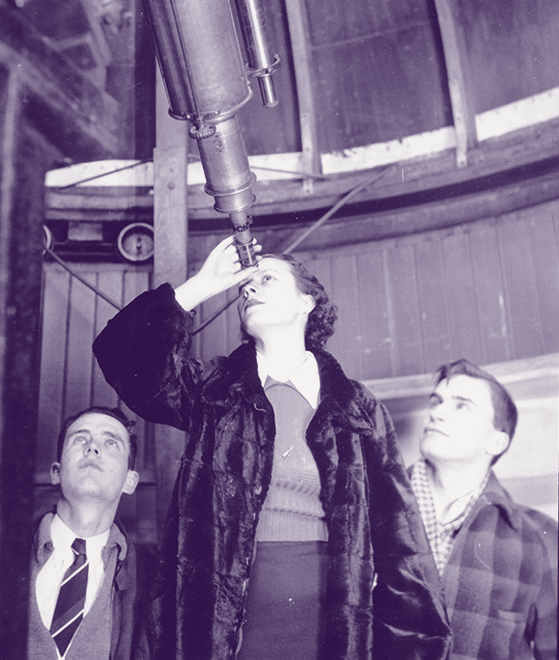

Environmental Science
Learn about the earth's ecological systems through hands-on research.
Major in Environmental Science
Who We Are
The environmental science department has three full-time faculty: a specialist on climatology and environmental justice, an earth scientist with a specialization in geoarchaeology and GIS, and a social scientist focused on environmental policy. The program also draws on faculty expertise in the departments of biology, chemistry, and psychology.
Students may major in environmental science in one of two degree programs: a bachelor of science degree or a bachelor of arts degree. The major will provide students with the opportunity to focus on the scientific aspects of environmental issues and to gain more practice in the collection and analysis of scientific data. Environmental Science will also prepare students for careers and graduate study in the sciences without an additional scientific major while in college.
Where We Learn
The environmental studies program is housed in Umbeck Science-Mathematics Center, where there are several large teaching laboratories as well as dedicated student/faculty research laboratories. Other resources include:
- An outdoor urban farm.
- Controlled environmental chambers and the Ellen Browning Scripps Greenhouse.
- Green Oaks Biological Field Station, a 700-acre preserve that includes prairie, woodland and wetland habitats.
- The Geographic Information Systems (GIS) laboratory that includes state-of-the-art computers with the latest ESRI ArcView software.
- Hand-held and differential Global Positioning System (GPS) devices and equipment for water quality monitoring, soil sampling, and other environmental field work.
- A scanning electron microscope (SEM).
- The geology laboratory provides space for student projects as well as basic wet lab functionality. Specialized equipment for sample preparation and analysis are available, including a rock saw and ball mill, petrographic and stereo microscopes, and sediment sieves.
Is Knox for you?
Contact us to find out more about our comprehensive majors, minors, and programs.

